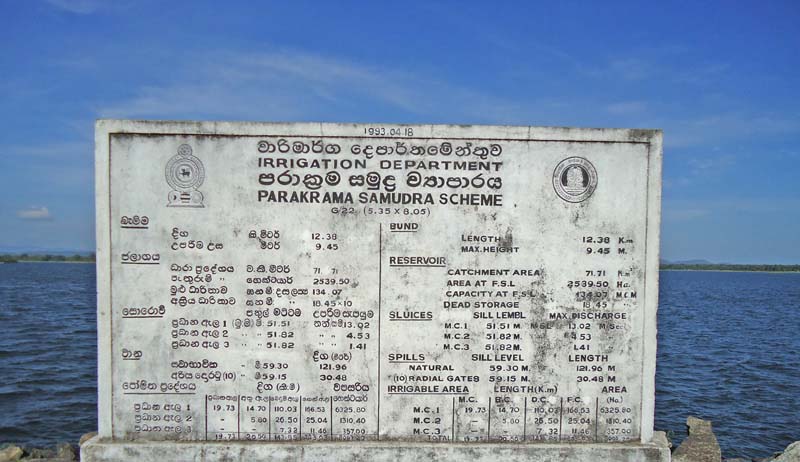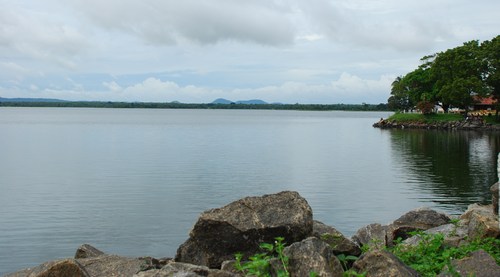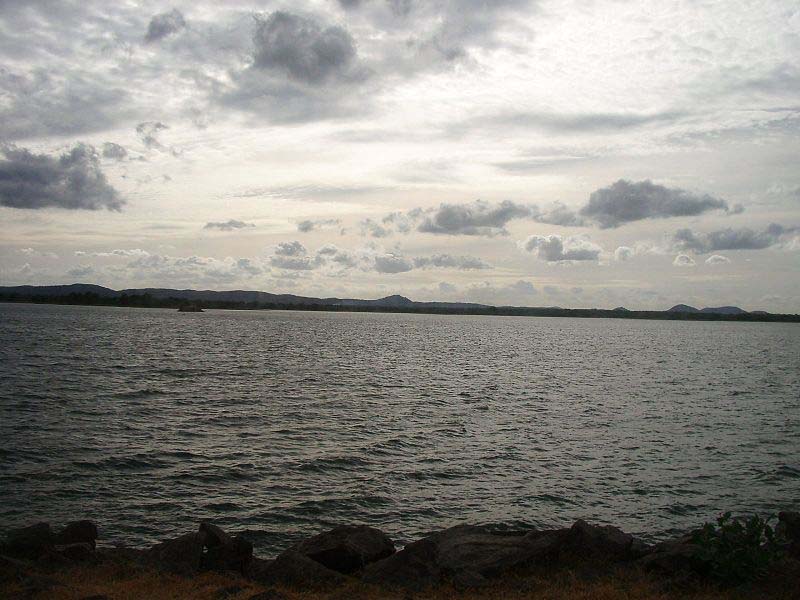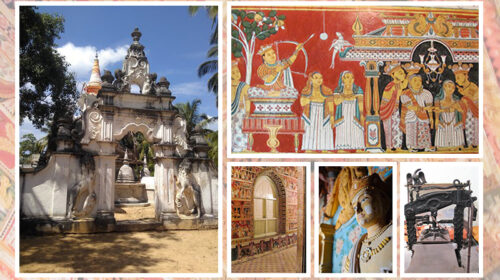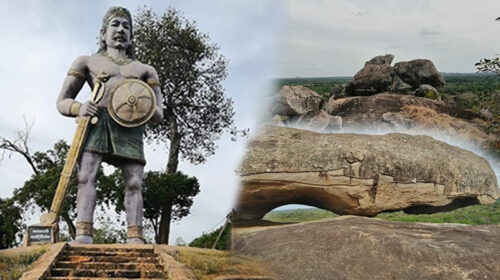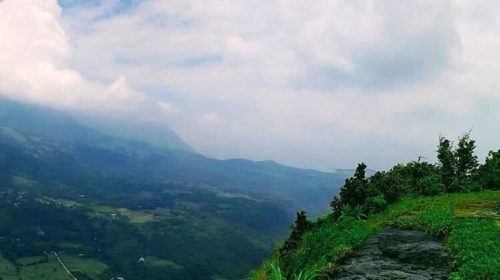Parakrama Samudraya
Read in Sinhala | සිංහල ලිපිය කියවන්න
About the tank
Parakrama Samudraya is considered one of the most valued creations in Sri Lankan history which was built by the great King Parakramabahu. The Parakrama Samudraya reservoir was built combining three rivers named Topa wewa, Dumutulu wewa, and Eramudu wewa. The Akasa Ganga was built to divert water to the Parakrama Samudraya by constructing a dam across the Amban Ganga at Angamedilla. The ruins of the old granite anicut still remain today. The Angamedilla Anicut and the sluice gate of the Bhuwewa, which were used in the past and are of ancient value, can also be described as ancient irrigation structures that still exist today.
Dumutulu Wewa and Eramudu Wewa, which existed before the construction of Parakrama Samudra, were two small tanks that used to get water for ancient agricultural purposes and Topawewa was created by King Upatissa in the 4th century. The current bund of this reservoir is 12.38 km in length and 9.45 m in height. The current area of the reservoir is 71.71 square kilometers and the area is 2539.5 hectares. The water capacity of the reservoir is 134.07 million cubic meters. A number of small islands can be seen in this reservoir and some of these islands can even be seen as ancient ruins.
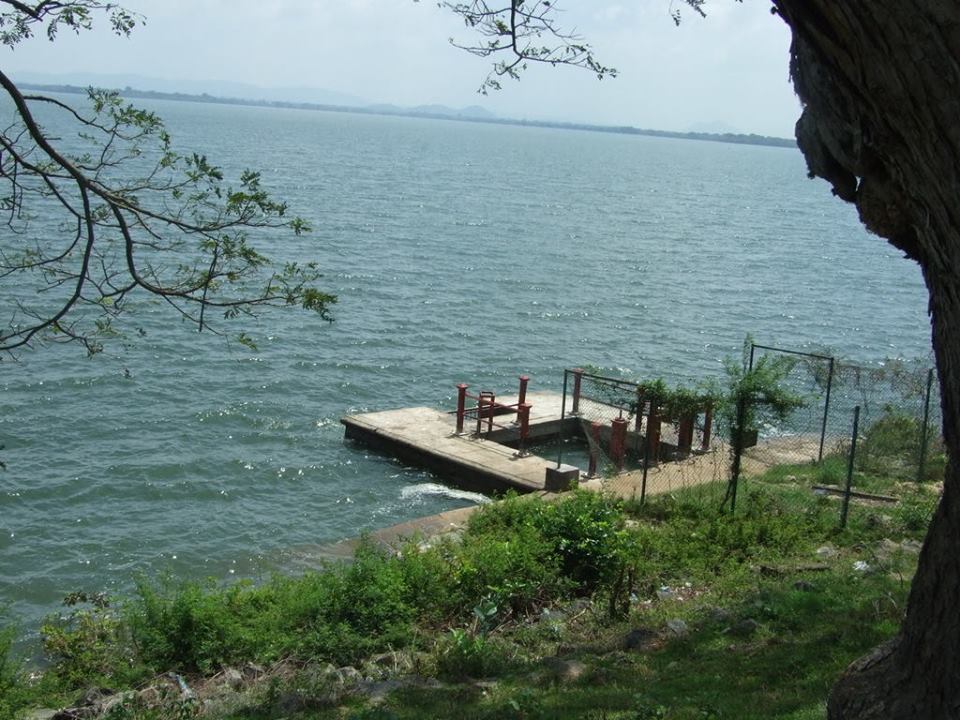
Location
This great reservoir extends to Habarana area, Sinnakulam and Divulankadawala lakes in the north and to Kalahagala village, Kalahagala lake, Kukuru Mahawela, Angamedilla, Kotawella in the south. It extends from the east to Polonnaruwa town and Gonagolla while it is been bounded by the Sudukanda and the Nabadilla mountain range in the West. The anicut built across the Amban River, a major tributary of the Mahaweli River, supplies water to the Parakrama Samudraya through the canal known as Akasha Ganga and the water flowing through the Giritale Lake through Thambalawewa and Kadawalawewa and is now known as Ma Oya. During the rainy season, the reservoir is fed by several canals that flow from the Sudukanda catchment area.
